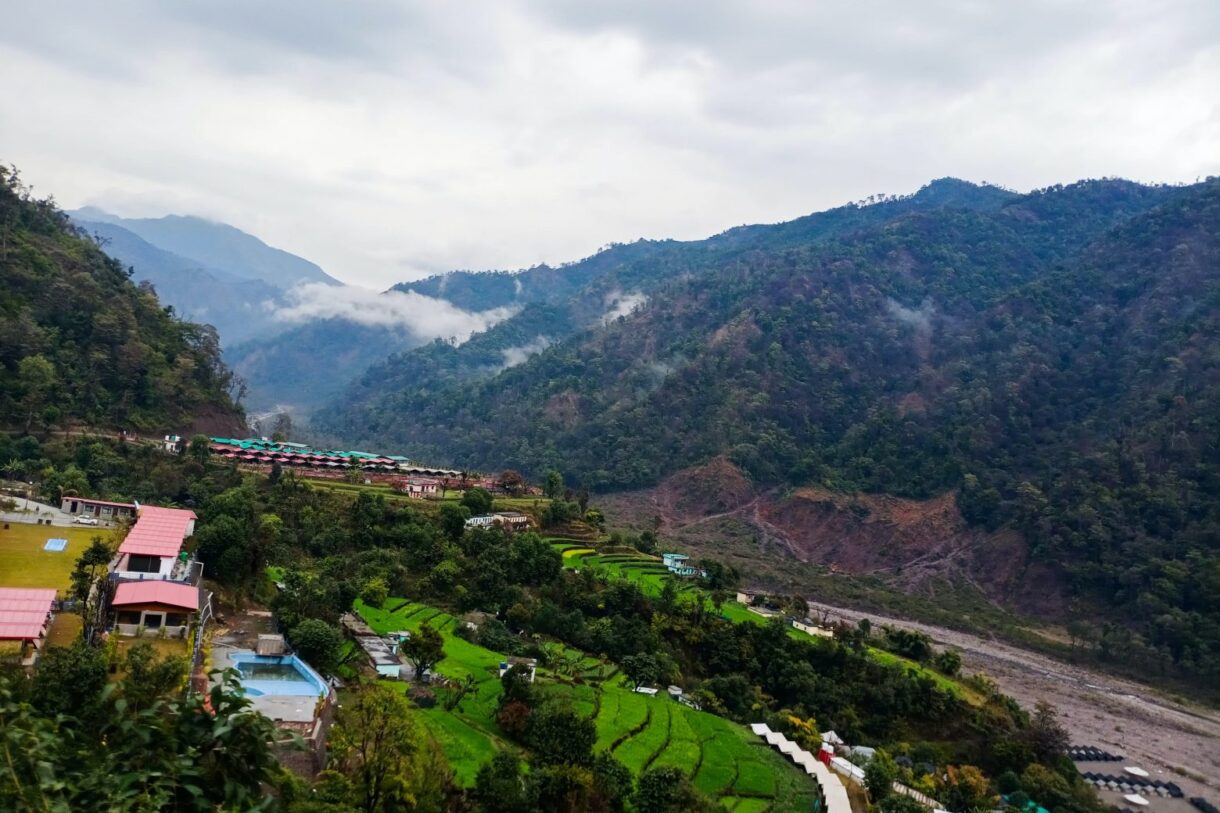In the ever-evolving world of photography, one technological advancement has been turning heads and captivating the industry: the mirrorless camera. With its compact size, advanced features, and exceptional image quality, the mirrorless camera is revolutionizing the way photographers capture the world around them.
Gone are the days of bulky SLRs with their complex internal mirrors. Mirrorless cameras offer a streamlined design, replacing the traditional mirror mechanism with an electronic viewfinder and sensor-based focusing system. This innovative approach allows for a more compact and lightweight camera body, making it a preferred choice for photographers seeking portability without compromising on performance.
Table of Contents
Advantages of mirrorless cameras over traditional SLRs
The advantages of mirrorless cameras, like the Canon EOS R8, over their traditional SLR counterparts are manifold. Firstly, their compact size and weight make them ideal for travel and on-the-go photography. Photographers no longer need to lug around heavy gear, allowing them to focus more on the creative process and less on physical strain.
Furthermore, mirrorless cameras excel in video capabilities. Cameras like the Canon EOS R5, with continuous auto-focus, silent shooting, and high-quality video output, have become a popular choice among videographers and content creators. The absence of a mirror also means that the camera remains stable during video recording, reducing vibrations and producing smoother footage.
Another notable advantage of mirrorless cameras, like the Canon EOS R6 Mark II, is the electronic viewfinder (EVF) found in mirrorless cameras. Unlike the optical viewfinder of SLRs, the EVF provides a real-time preview of the image, allowing photographers to see the exposure, white balance, and other settings before capturing the shot. This feature enhances the accuracy of composition and eliminates the need for trial and error.
Understanding the technology behind mirrorless cameras
To truly appreciate the power of mirrorless cameras, it is essential to understand the technology that drives them. At the heart of a mirrorless camera is the image sensor, which replaces the traditional film or digital sensor found in SLRs. The image sensor captures the incoming light and converts it into a digital signal, resulting in a high-quality image.
Mirrorless cameras employ either a Micro Four Thirds (MFT) or an APS-C sensor, both of which offer exceptional image quality and low-light performance. The MFT sensor, slightly smaller than the APS-C, is favoured for its compact size and versatility. On the other hand, APS-C sensors provide a larger surface area, resulting in higher resolution and improved dynamic range.
The absence of a mirror also allows for advanced autofocus systems in mirrorless cameras. Many models feature hybrid auto-focus, combining phase-detection and contrast-detection methods to achieve fast and accurate focusing. This technology ensures that subjects are captured with sharpness and precision, even in challenging lighting conditions.
Key features to consider when purchasing a mirrorless camera
When looking to purchase a mirrorless camera, it is important to consider several key features that will enhance your photographic experience. One crucial aspect is the camera’s resolution, measured in megapixels. Higher resolution sensors produce images with more detail, allowing for larger prints and better cropping flexibility.
Another important consideration is the lens ecosystem. Mirrorless cameras offer a wide range of interchangeable lenses, allowing photographers to choose the perfect lens for each scenario. Research the available lenses for your chosen camera system to ensure that you have access to the focal lengths and apertures you need for your photography style.
Additionally, look for features such as in-body image stabilization, which compensates for camera shake and allows for handheld shooting at slower shutter speeds. Weather sealing is another valuable feature, protecting the camera against dust, moisture, and other environmental elements, making it suitable for various shooting conditions.
Full frame mirrorless cameras: What sets them apart?
Full frame mirrorless cameras represent the pinnacle of mirrorless technology. Unlike their smaller sensor counterparts, full frame mirrorless cameras utilize a sensor that is equivalent in size to a 35mm film frame. This larger sensor captures more light, resulting in improved low-light performance, dynamic range, and shallow depth of field.
With a full frame mirrorless camera, photographers can achieve a cinematic look with beautiful bokeh and stunning image quality. The larger sensor also allows for better control over noise levels at higher ISO settings, making it an excellent choice for low-light photography and professional applications.
Full frame mirrorless cameras often boast advanced features such as high-speed continuous shooting, enhanced auto-focus systems, and robust video capabilities. Combined with the versatility of interchangeable lenses, these cameras offer unparalleled creative potential for photographers and videographers alike.
How mirrorless cameras have revolutionized the photography industry
The rise of mirrorless cameras has had a profound impact on the photography industry. Not only have they challenged the dominance of SLRs, but they have also sparked a wave of innovation and competition among camera manufacturers. This competition has led to rapid advancements in technology, resulting in improved image quality, faster auto-focus, and enhanced video capabilities.
Mirrorless cameras have also democratized photography, making it more accessible to enthusiasts and amateurs. The smaller form factor and intuitive controls of mirrorless cameras have lowered the barrier to entry, allowing aspiring photographers to dive into the art without feeling overwhelmed by complex settings and bulky gear.
Furthermore, mirrorless cameras have fostered a sense of creative freedom. With their compact size and silent shooting capabilities, photographers can blend seamlessly into their surroundings, capturing candid moments without disrupting the natural flow. This has opened up new possibilities for street photography, documentary work, and other genres that require a discrete approach.
Tips for using a mirrorless camera effectively

To make the most of your mirrorless camera, consider the following tips:
- Familiarize yourself with the electronic viewfinder (EVF) and utilise its benefits, such as exposure preview and focus peaking.
- Experiment with different lenses to explore the full potential of your camera system.
- Take advantage of the compact size and portability by venturing into new shooting locations and perspectives.
- Make use of the silent shooting mode for capturing intimate moments without drawing attention.
- Utilize the advanced auto-focus capabilities to ensure sharpness and accuracy in your images.
By incorporating these tips into your photography workflow, you can fully unleash the power of your mirrorless camera and elevate your creative output.
Conclusion: The future of mirrorless cameras in photography

As the photography industry continues to evolve, mirrorless cameras are poised to take centre stage. Their superior image quality, compact size, and advanced features make them an attractive option for both enthusiasts and professionals alike.
With ongoing advancements in technology and the ever-expanding lens ecosystem, the future of mirrorless cameras looks promising. As more photographers embrace this revolutionary tool, we can expect to see further innovations that push the boundaries of what is possible in the world of photography.
So, whether you are a seasoned professional or an aspiring enthusiast, consider the power of mirrorless cameras and embark on a remarkable journey of capturing the world through a new lens.















There are 2 comments
I’ve definitely noticed the massive advancements in upgrading my DSLR to a Mirrorless. Well researched article!